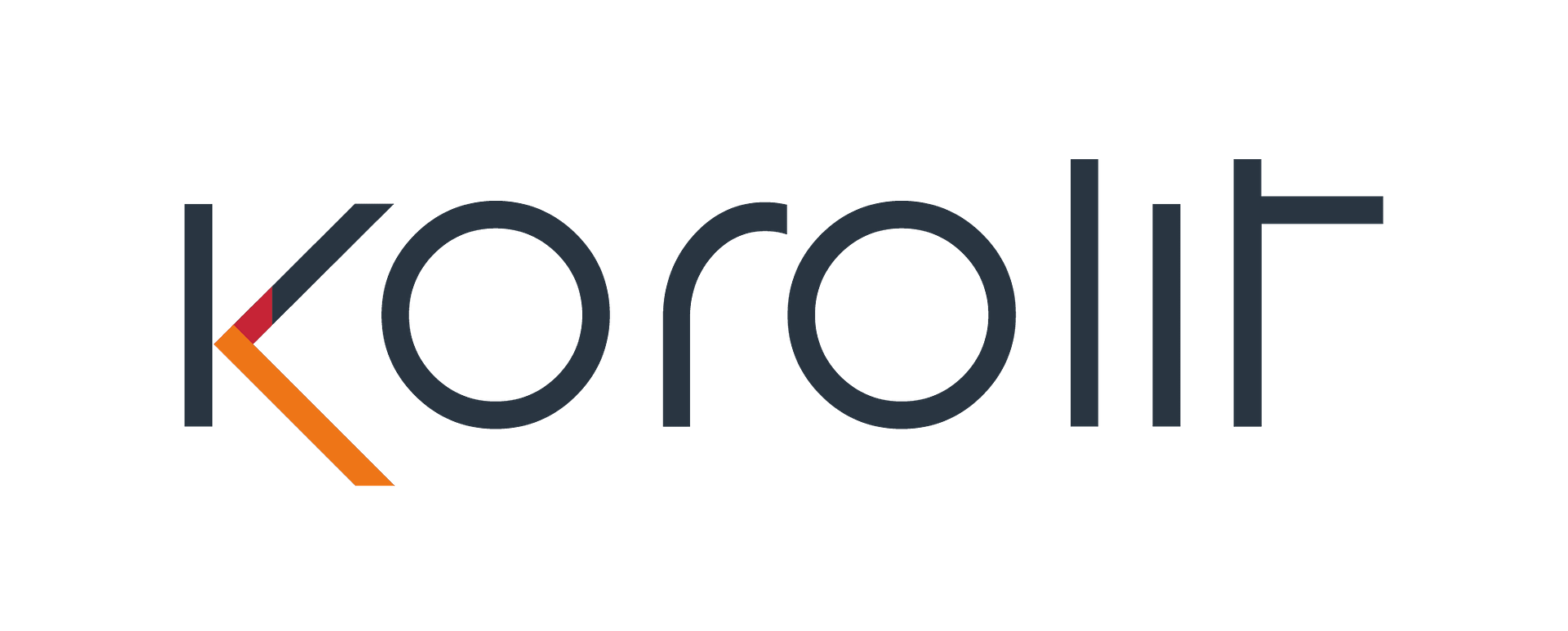Handshake or Dial-In?
It’s a powerful example of the importance of using the right approach in meeting people. Obama could have chosen to just phone, or perhaps invite New Jersey Governor Chris Christie to a video call to discuss the impact of Hurricane Sandy at the end of last year. Instead he chose to go directly over and meet Chris, take a tour of the impacted areas at Atlantic City and offer any help he could. The result was a heck of a lot of very public praise for Obama from a senior politician from an opposing party during an election.
I’m not suggesting that Obama doesn’t support virtual meetings and I fully expect that a lot of calls and video conferences were held immediately prior and following this face to face meeting. However, Chris certainly appreciated the very visible show of support and the media shared it around the world.
In business we also need to carefully consider all the options and select the best way to communicate given the situation. At Korolit we have considerable experience and expertise in working with companies to help them to understand how to get the best ROI on their IT investments and how to integrate them effectively into business practices. We can help you in the following ways:
- Reviewing your existing approaches and costs
- Providing recommendations supported by a Business Case where required
- Helping you to select a technology solution where required along with a technology partner and assisting you in implementing any agreed changes
Face-to-Face Meetings
When to Hold
- Timing – It can be a challenge to arrange diaries, travel and accommodation without a lot of lead-time
- Relationship – Best when you need to build a strong bond. Particularly useful for initial sales, team meetings, negotiations, major issues and events such as conferences and company days
- Experience – Great when you need to extract maximum effect such as a sales meeting, planning event, negotiation or workshop
- Interaction – In a face-to-face meeting the attendees can more effectively participate and drive the focus of the meeting
- Budget – Costs and time are typically much higher (e.g.travel, food and hotel)
- Attendees – Partly due to the above it is more difficult to arrange suitable dates and ensure that everyone turns up.
Virtual Meetings
When to hold
- Timing – It is much easier to hold a meeting at very short notice
- Relationship – Good for sharing information and maintaining contact with people (e.g. following an initial face to face meeting)
- Experience – Technology can get in the way as your audience may have a poor network or facilities not best suited to a remote session. There are also more potential distractions than a F2F meeting
- Interaction – Great for structured feedback but less effective for debates and discussions
- Budget – Very cost effective as the only costs involved are for the service and the time that the attendee spend logged onto the meeting
- Attendees – Virtual meetings tend to be better attended as they have relatively less schedule and budget demands. It is also possible to hold larger events and to have participants attend live or view at a later date





